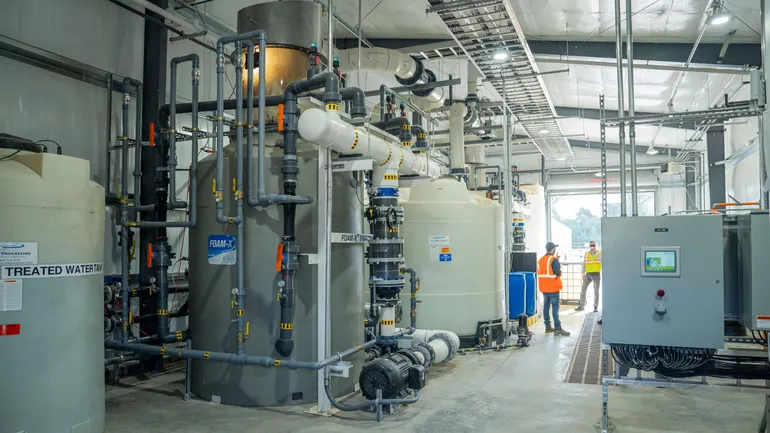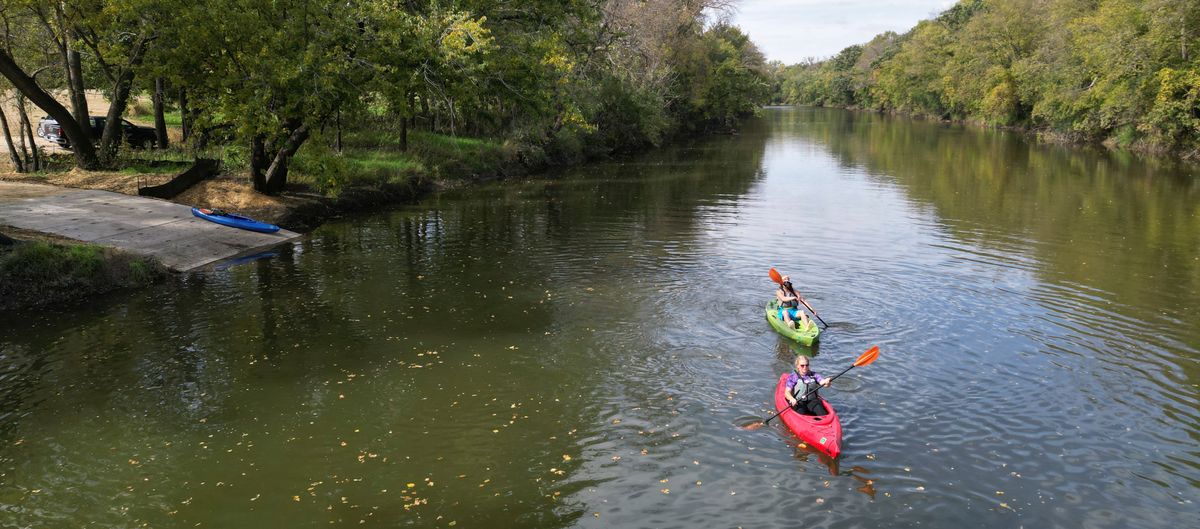Mys ZP’s grey water treatment a sustainable way to devpt – Times of India

Report on Grey Water Management Initiative in Mysuru District
Introduction: Addressing Environmental and Health Challenges
In the rural areas of Mysuru district, the unmanaged disposal of grey water—wastewater from domestic activities such as bathing and washing—has historically posed significant environmental and public health challenges. This runoff led to the contamination of local waterbodies, degradation of soil fertility, and the creation of stagnant water pools, which served as breeding grounds for mosquitoes and bacteria, particularly during monsoon season. These conditions directly threatened community health and agricultural livelihoods.
The Community-Based Inline Treatment Plant Programme
To address these issues, the Mysuru zilla panchayat, under the Swachh Bharat Mission – Gramin, has implemented a comprehensive grey water management programme. The initiative moves away from individual soak pits, which are often impractical due to space constraints, towards a community-based solution: inline treatment plants designed to serve clusters of households.
Technological Framework and Process
The inline treatment plants utilize a multi-stage, nature-based process to effectively treat grey water. The key components include:
- Stone pitching and filtration media to remove suspended solids.
- Mesh screening for finer purification.
- Strategic planting of aquatic species like banana and colocasia. These plants absorb excess treated water and neutralize the alkalinity caused by detergents.
The resulting treated water is nearly free of toxins, chemicals, and pathogens, making it safe for reuse in agricultural activities.
Alignment with Sustainable Development Goals (SDGs)
This initiative makes significant contributions to several United Nations Sustainable Development Goals (SDGs), positioning it as a model for sustainable rural development.
SDG 6: Clean Water and Sanitation
The programme directly advances SDG 6 by ensuring the availability and sustainable management of water and sanitation for all. Its contributions include:
- Improving Water Quality (Target 6.3): By treating household wastewater, the project reduces pollution and prevents the contamination of local rivers and lakes.
- Integrated Water Resources Management (Target 6.5): The initiative establishes a localized, integrated system for managing wastewater at the community level.
- Protecting Water-Related Ecosystems (Target 6.6): Halting the flow of untreated grey water into the environment protects and restores local waterbodies.
SDG 3: Good Health and Well-being
The project enhances community health and well-being, aligning with the core objectives of SDG 3.
- Reducing Water-borne Diseases (Target 3.3): By eliminating stagnant water, the programme curtails the breeding of disease vectors like mosquitoes, reducing the incidence of related illnesses.
- Reducing Illness from Pollution (Target 3.9): The initiative creates cleaner living environments, significantly lowering the risk of community exposure to contaminated water and environmental pathogens.
SDG 11: Sustainable Cities and Communities
By improving living conditions in rural settlements, the programme supports the aims of SDG 11.
- Enhancing Basic Services (Target 11.1): The project provides essential sanitation infrastructure, improving the quality of life in rural villages.
- Reducing Environmental Impact (Target 11.6): The systematic management of grey water reduces the overall environmental footprint of rural communities.
SDG 15: Life on Land
The initiative plays a crucial role in protecting terrestrial ecosystems, a key goal of SDG 15.
- Combating Soil Degradation (Target 15.3): The neutralization of alkaline grey water prevents soil degradation and preserves its fertility, supporting sustainable agriculture.
- Supporting Sustainable Farming: The provision of safe, treated water for irrigation promotes sustainable farming practices and protects agricultural livelihoods previously threatened by polluted runoff.
Project Scale and Impact
The programme has achieved considerable scale and delivered universal benefits across the district.
Implementation Status:
- Constructed Plants: 271
- Plants Under Construction: 286
- Specifications: Each plant spans a minimum of 70 metres.
The primary outcomes reported are cleaner waterbodies, healthier communities, and greener, more productive farmlands, demonstrating a direct and positive impact on both the environment and local livelihoods.
Conclusion
The grey water management programme in Mysuru district, described by zilla panchayat CEO Ukesh Kumar as a “silent revolution,” serves as an effective and scalable model for sustainable rural development. By addressing the root causes of environmental pollution and health risks through a community-centric approach, the initiative successfully empowers villages to thrive while making measurable progress toward achieving multiple Sustainable Development Goals.
1. Which SDGs are addressed or connected to the issues highlighted in the article?
The article on Mysuru’s grey water management programme addresses several interconnected Sustainable Development Goals (SDGs) by tackling environmental, health, and economic challenges in rural communities. The primary SDGs connected to the initiative are:
- SDG 3: Good Health and Well-being: The programme directly aims to create “healthier communities” by mitigating health risks associated with untreated grey water, such as the breeding of “mosquitoes and bacteria” and reducing the risk of “waterborne diseases.”
- SDG 6: Clean Water and Sanitation: This is the most central SDG to the article. The entire initiative is a “grey water management programme” designed to treat “wastewater from household activities,” prevent the pollution of “local waterbodies,” and ensure access to sanitation, thereby improving water quality.
- SDG 11: Sustainable Cities and Communities: The project focuses on improving living conditions in “rural heartlands” and “villages.” By managing wastewater and creating “cleaner villages,” it helps make human settlements safer, more resilient, and sustainable.
- SDG 12: Responsible Consumption and Production: The initiative promotes sustainable practices by enabling the reuse of treated water for “irrigation and gardening.” This represents a move towards the efficient use of natural resources, specifically water.
- SDG 15: Life on Land: The article highlights that untreated grey water “polluted local waterbodies” and “degraded soil fertility.” The programme helps protect and restore terrestrial and freshwater ecosystems by curbing pollution and preserving “soil health.”
2. What specific targets under those SDGs can be identified based on the article’s content?
Based on the specific actions and outcomes described in the article, the following SDG targets can be identified:
SDG 3: Good Health and Well-being
- Target 3.3: End the epidemics of water-borne diseases and other communicable diseases. The article explicitly states the initiative reduces the “risk of waterborne diseases” and tackles stagnant pools that “breed mosquitoes and bacteria,” which are vectors for communicable diseases.
- Target 3.9: Substantially reduce the number of deaths and illnesses from hazardous chemicals and water and soil pollution. The project treats grey water to make it “nearly free of toxins, chemicals, and pathogens,” directly addressing the health impacts of water pollution.
SDG 6: Clean Water and Sanitation
- Target 6.3: Improve water quality by reducing pollution, halving the proportion of untreated wastewater, and increasing recycling and safe reuse. The core of the programme is treating “untreated” grey water to curb “pollution” and make it “safe for reuse” in irrigation.
- Target 6.6: Protect and restore water-related ecosystems. By preventing polluted grey water from contaminating “rivers and lakes,” the initiative contributes to the health and restoration of these “cleaner waterbodies.”
SDG 11: Sustainable Cities and Communities
- Target 11.6: Reduce the adverse per capita environmental impact of cities, including by paying special attention to municipal and other waste management. The grey water management programme is a direct form of “waste management” in rural settlements, reducing the environmental impact of household activities.
SDG 12: Responsible Consumption and Production
- Target 12.2: Achieve the sustainable management and efficient use of natural resources. The reuse of treated water for “irrigation and gardening” is a clear example of the efficient use of water resources, reducing the demand for fresh water in agriculture.
SDG 15: Life on Land
- Target 15.1: Ensure the conservation, restoration and sustainable use of terrestrial and inland freshwater ecosystems. The project helps restore “inland freshwater ecosystems” (rivers, lakes) and preserves “soil health,” which was previously “degraded” by untreated run-off.
3. Are there any indicators mentioned or implied in the article that can be used to measure progress towards the identified targets?
The article provides both direct and implied indicators that can be used to measure the progress and success of the grey water management programme.
Indicators for SDG 3 & 6
- Number of wastewater treatment plants constructed: The article provides a direct quantitative measure of progress, stating that “271 inline treatment plants have been constructed across the district, with 286 more under way.” This serves as a proxy indicator for the proportion of wastewater being treated (Target 6.3).
- Quality of treated water: The article mentions that the treated water is “nearly free of toxins, chemicals, and pathogens.” Regular testing of the effluent from these plants would be a direct indicator of treatment effectiveness and its contribution to reducing health risks (Target 3.9).
- Reduction in waterborne diseases: An implied indicator is the incidence rate of waterborne diseases in the participating villages. A decrease in reported cases would demonstrate progress towards Target 3.3.
Indicators for SDG 11, 12 & 15
- Volume of water reused: An implied indicator for Target 12.2 is the amount of treated water being successfully channelled for “irrigation and gardening.” This would measure the efficiency gained in water use.
- Improved soil and waterbody quality: The goals of preserving “soil health” and creating “cleaner waterbodies” imply the use of environmental quality indicators. Measuring soil fertility levels and the chemical/biological quality of local rivers and lakes before and after the intervention would track progress towards Target 15.1.
- Area of land under sustainable management: The creation of “greener farmlands” and the reuse of water for agriculture imply an increase in the area of land benefiting from sustainable water management practices, a relevant indicator for multiple goals.
4. Table of SDGs, Targets, and Indicators
| SDGs | Targets | Indicators (Identified from the article) |
|---|---|---|
| SDG 3: Good Health and Well-being | 3.3: Combat water-borne diseases. 3.9: Reduce illnesses from water and soil pollution. |
– Reduced incidence of waterborne diseases in communities (Implied). – Quality of treated water (e.g., levels of toxins, pathogens) (Implied). |
| SDG 6: Clean Water and Sanitation | 6.3: Improve water quality by treating wastewater and increasing safe reuse. 6.6: Protect and restore water-related ecosystems. |
– Number of inline treatment plants constructed (271 built, 286 planned) (Direct). – Proportion of grey water safely treated (Implied). – Improved quality of local waterbodies (rivers, lakes) (Implied). |
| SDG 11: Sustainable Cities and Communities | 11.6: Reduce the environmental impact of cities through waste management. | – Volume/proportion of household grey water managed by treatment plants (Implied). |
| SDG 12: Responsible Consumption and Production | 12.2: Achieve sustainable management and efficient use of natural resources. | – Volume of treated water reused for irrigation and gardening (Implied). |
| SDG 15: Life on Land | 15.1: Ensure conservation and restoration of terrestrial and inland freshwater ecosystems. | – Improvement in soil fertility/health measurements (Implied). – Area of farmland benefiting from sustainably managed water (Implied). |
Source: timesofindia.indiatimes.com

What is Your Reaction?
 Like
0
Like
0
 Dislike
0
Dislike
0
 Love
0
Love
0
 Funny
0
Funny
0
 Angry
0
Angry
0
 Sad
0
Sad
0
 Wow
0
Wow
0










































































